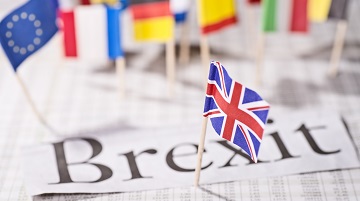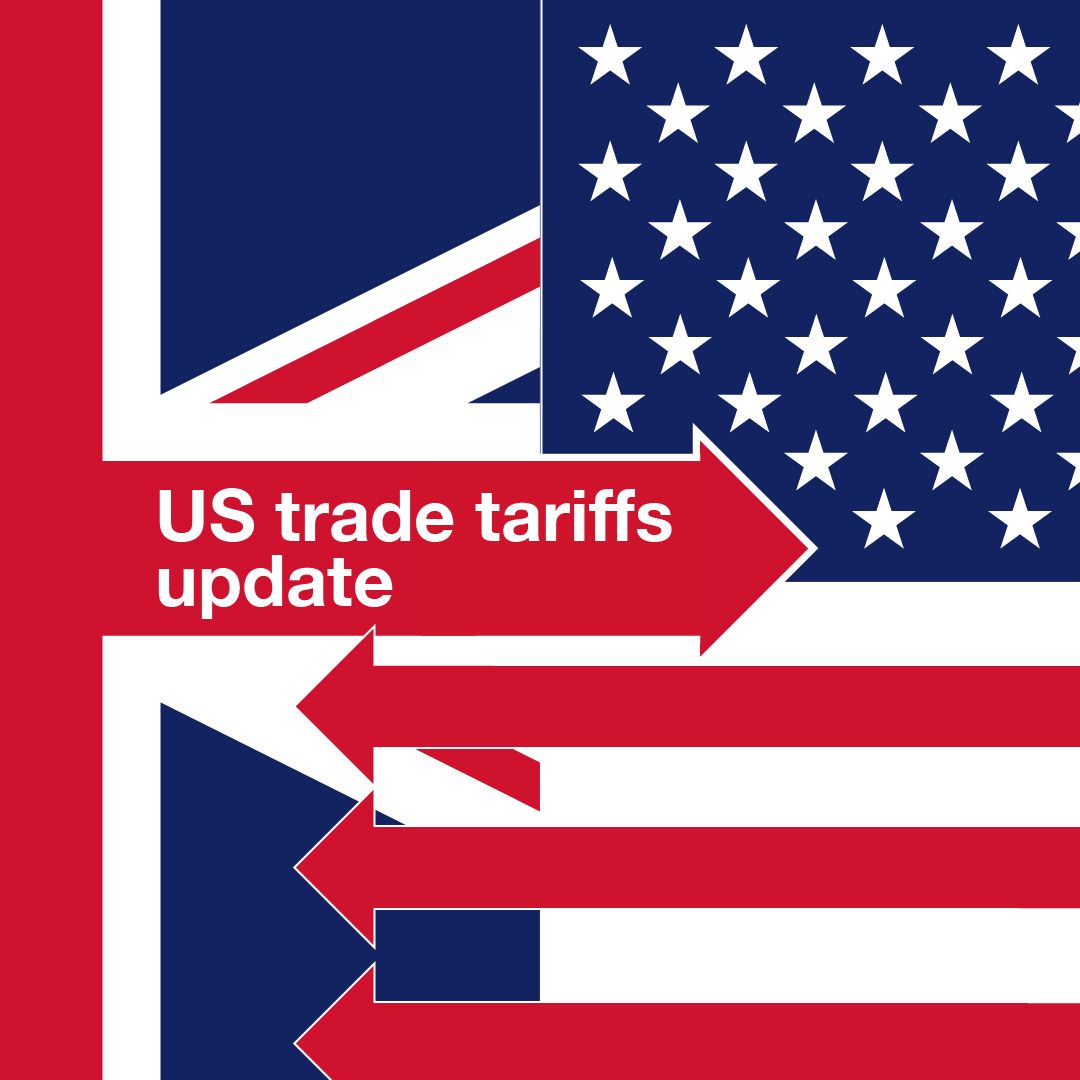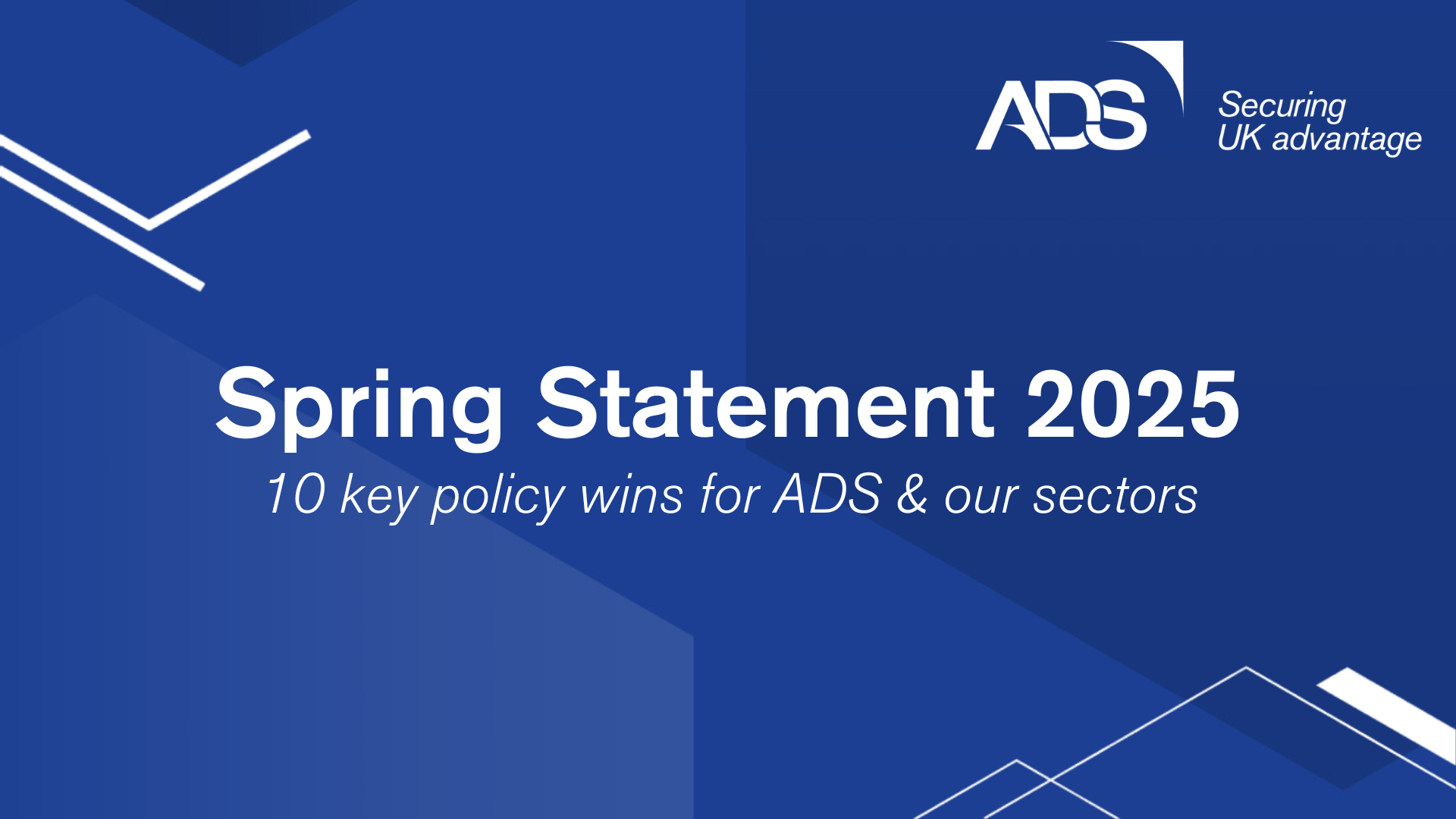
As we get closer to the 29th March, ADS is putting out further information about the preparations companies should be taking in the event of No Deal. Our two key regulatory issues are on aviation safety and chemical regulation, and below is a summary of key points to prepare for.
Aviation Safety
The UK will adopt all EU aviation safety regulations & recognise EASA approvals for two years. The Aviation Safety Statutory Instrument is being passed by parliament to effect this.
- Design approval holders need to apply to the CAA for a UK DOA approval (the process is already open), as the UK will become the legal state of design according to its ICAO responsibilities.
- UK Bilateral Aviation Safety Agreements (with US, Canada &, Brazil) have been concluded. The details of these are in the process of being put online (the US BASA can be found here), and members should look out for them if appropriate. Members should be aware that they will need to retain their CAA certification to use the BASAs, as Third Country Approvals with EASA will not necessarily be recognised by the US and others.
- The CAA is communicating the new arrangements to Third Country National Aviation Authorities and ICAO, and emphasizing that things will essentially remain the same but forms and processes will be updated.
- The CAA website provides more information in detail: https://info.caa.co.uk/euexit/
The EU has set out contingency measures if there is No Deal. These were passed in their final form by the European Parliament on 13 March.
- UK companies should apply now to EASA for 3rd country production & maintenance approvals. This opened on 2 October and is currently being done under a special ‘desk procedure’ and reduced cost.
- These 3rd country approvals will ensure delivery of new products & maintenance work for EU customers past 29 March.
- Approvals by companies – on work completed prior to Brexit – will remain valid in the EU. Both for parts already on aircraft and those warehoused for use on aircraft.
- EASA Type Certificates, DOAs, ETOs & ETSOs issued to UK organisations will be recognised by EASA for 9 months after Brexit, to make sure they remain part of the European aviation system.
- For further information about EU measures, see the EASA website: https://www.easa.europa.eu/brexit
Chemical Regulation
UK to adopt all EU REACH regulations, grandfather REACH registrations & authorisations. This will be in the Chemical Safety Statutory Instrument, which is in the process of being passed by Parliament.
- A UK REACH system will be set up, following a similar process to EU REACH, by writing EU law into UK law.
- UK companies will need to enter chemical data into the UK REACH IT system through making notifications for a ‘grandfathering’ process before making full registrations & authorisations.
- Understand which materials you use are critical for processes and operations, so that you know what will be required.
- For more information about UK preparations, look to the HSE website: http://www.hse.gov.uk/brexit/index.htm
Existing UK registrations under EU REACH will lapse
- Get in touch with your suppliers, especially those from the EAA and UK, to understand what they are doing to make sure they can still provide you with chemicals. This may be through resourcing suppliers, transferring operations to the EAA, or appointing EAA Only Representatives (ORs) to remain within EU REACH.
- Consider if there are possibilities to import from 3rd countries if EU/UK chemicals were to be unavailable, although these will also need to be registered with the HSE.
- Contact HSE and ECHA for any particular assistance you require, as they can provide further more details information.
- The ECHA website provides more information: https://echa.europa.eu/uk-withdrawal-from-the-eu





